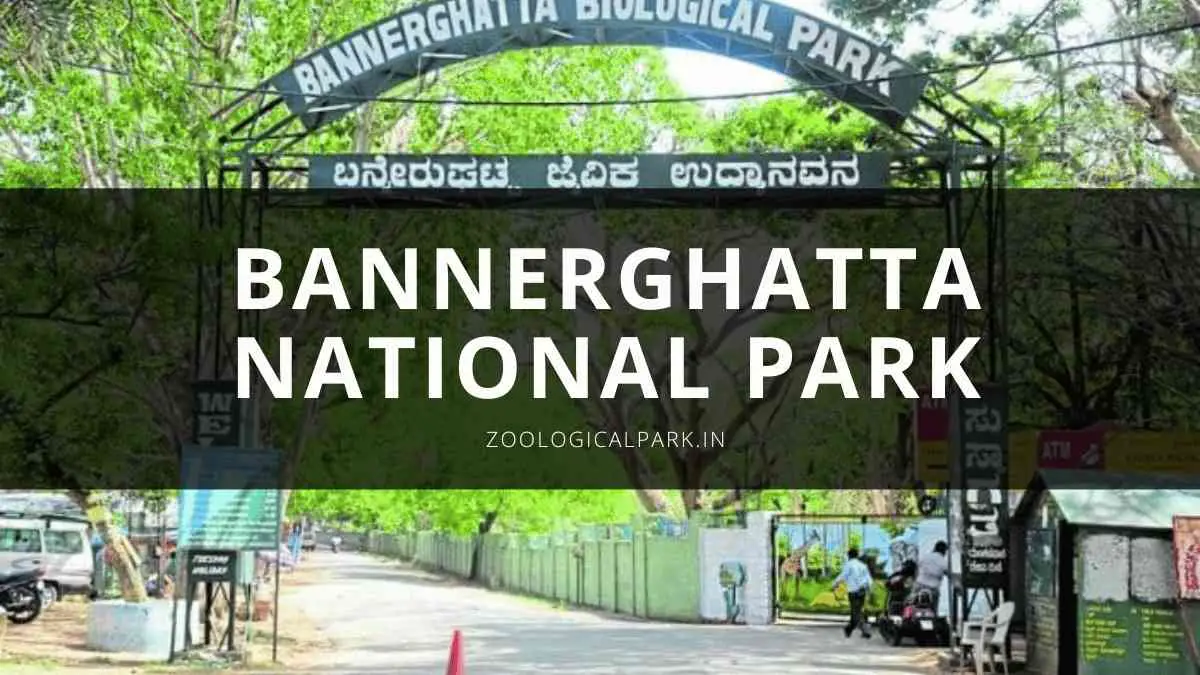Nestled on the outskirts of Bangalore, Bannerghatta National Park offers a unique blend of adventure and tranquility. It’s a biodiversity hotspot that beckons nature lovers and thrill-seekers alike. With its sprawling jungles and rich wildlife, it’s no wonder this park is a must-visit destination.
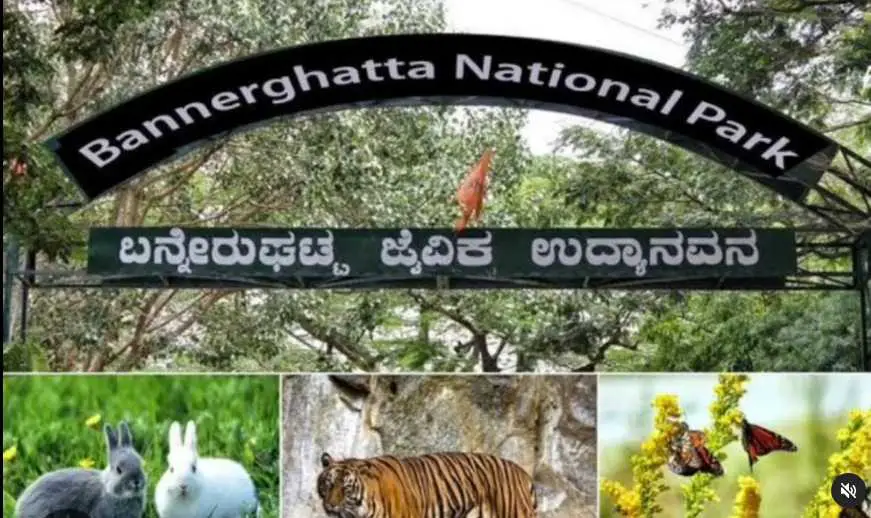
As they explore Bannerghatta, visitors are treated to an array of experiences, from safari rides spotting majestic tigers to serene butterfly parks. It’s a place where the wild resides just a stone’s throw from urban chaos, providing an accessible escape to the wonders of the natural world.
A Brief Overview of Bannerghatta National Park
Bannerghatta National Park boasts an expansive coverage of 104.27 square km, established in the year 1974. It’s located in the Indian state of Karnataka and has steadily grown into an ecological haven that merges conservation with tourism. This park is home to several species of flora and fauna, which are native to the Indian subcontinent. It’s a hotspot of biodiversity and endemism, drawing researchers and wildlife enthusiasts from across the globe.
Visitors to Bannerghatta National Park can delve into a myriad of experiences. The safari tours are a major attraction, offering glimpses of tigers, lions, and elephants in a quasi-natural habitat, while the butterfly park dazzles with a kaleidoscopic array of winged beauties. The Zoo located within the park presents a more conventional approach to wildlife observation, housing various species in enclosures designed to mimic their natural habitats.
The park’s commitment to conservation is evident through its rescue and rehabilitation center, which acts as a sanctuary for rescued circus and captive animals, giving them a second chance at life in a more natural and protected environment. The center not just heals the physical ailments of these animals but also helps in the psychological recovery, essential for their wellbeing.
For the trekking enthusiasts, Bannerghatta doesn’t disappoint, boasting trails that meander through dense forests, leading adventurers to ancient temples and breathtaking vistas. These trails challenge both novice and experienced trekkers, offering a physical exercise entwined with the thrill of exploring untouched natural beauty.
Wildlife at Bannerghatta National Park
Bannerghatta National Park, nestling close to Bangalore, stands out for its rich tapestry of biodiversity. The wildlife here is characteristic of the Indian subcontinent and offers an astonishing variety of species.
Mammals Found in the Park
The park is well-known for its substantial populations of Asian elephants which often become the highlight of safaris. Additionally, Bannerghatta supports a healthy number of Bengal tigers and Indian leopards, demonstrating successful conservation efforts.
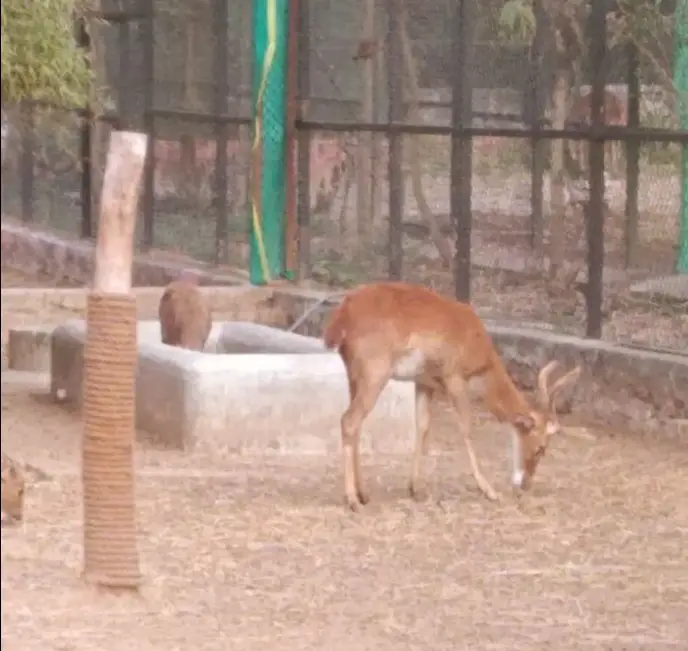
Other mammals visitors might encounter include:
- Gaur
- Sloth bears
- Sambar deer
- Spotted deer
- Barking deer
- Wild boar
These animals exist within a closely monitored ecosystem, with some like the elephants having access to expansive roaming areas which mimic their natural habitat.
Birds Found in the Park
Avian enthusiasts relish in the park’s ornithological diversity. Bannerghatta is home to over 150 species of birds, making it a veritable paradise for bird-watching. Among the most commonly sighted birds are:
- Indian peafowl
- Grey junglefowl
- Kingfishers
- Woodpeckers
- Barbet
The park’s varied terrain, including scrubland, forested areas, and water bodies, contributes to the large variety of bird life, encouraging migratory visits as well.
Reptiles Found in the Park
Reptile populations in Bannerghatta reflect the park’s natural wilderness. It shelters an array of reptilian life, with impressive sightings of:
- King cobras
- Russell’s vipers
- Indian pythons
- Common kraits
These species are integral to the ecological balance within the park, and efforts are made to protect their habitats against the encroaching urban development.
Plant Life in Bannerghatta National Park
The park’s flora is an essential element, providing the necessary habitat for its fauna. Bannerghatta is adorned with deciduous forests, thorn scrub, and grasslands. Some key species of plants that thrive here include:
- Sandalwood
- Neem
- Tamarind
- Bamboos
- Eucalyptus
With an altitude ranging from 740 to 1034 meters, the park supports a mix of moist deciduous forests in the valleys and dry deciduous forests on the hills, ensuring a diverse range of plant life essential for the sustenance of various wildlife species. The botanical richness enhances the park’s ability to maintain its status as a leading conservation zone and a green haven within the bustling city limits of Bangalore.
Activities and Attractions at Bannerghatta National Park
Bannerghatta National Park offers an array of activities and attractions that entice nature lovers, wildlife enthusiasts, and adventure seekers alike. Visitors can explore the wilderness through various means, from guided safaris to tranquil nature walks. Each activity offers a unique way to connect with nature and capture the essence of India’s enthralling animal kingdom.
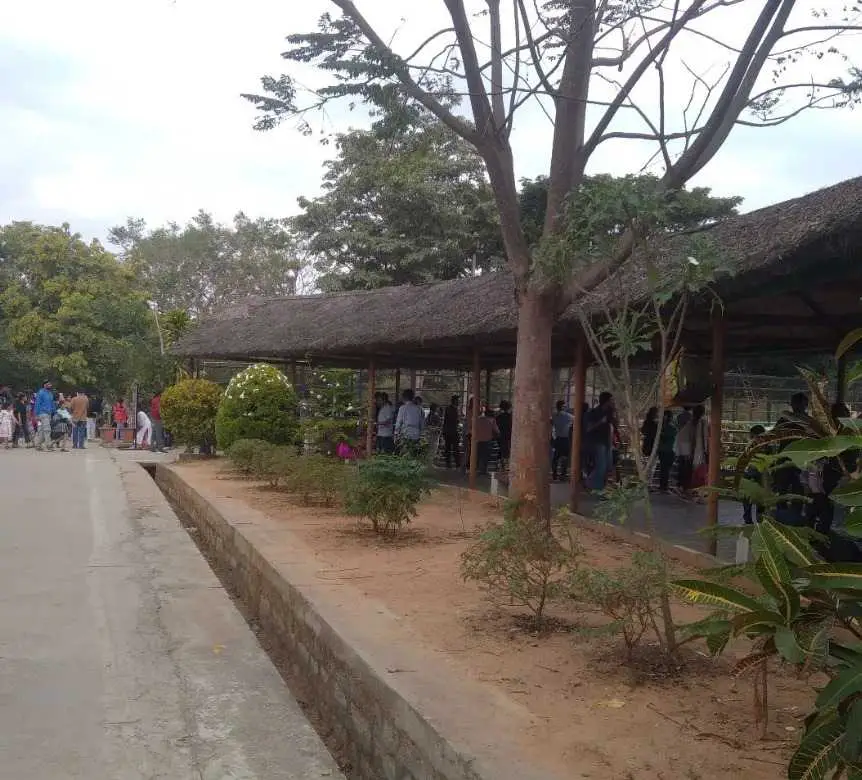
Safari Experience
The safari experience at Bannerghatta is a highlight that draws crowds from across the globe. Designed to simulate a natural habitat, the safaris provide an up-close encounter with the park’s majestic wildlife.
- Grand Safari: Includes a visit to the lion, tiger, and herbivore enclosures.
- Bear Safari: Visitors can witness the Indian Sloth Bear in a setting that mimics its natural environment.
- Elephant Safari: Offers the chance to observe Asian elephants as they roam within the park.
Safety measures are stringent, ensuring a secure experience for both the visitors and the precious wildlife of Bannerghatta.
Butterfly Park
A kaleidoscope of colours greets visitors at the Butterfly Park in Bannerghatta National Park. The park:
- Features a butterfly conservatory with a carefully maintained tropical environment.
- Houses around 48 species of butterflies.
- Provides an educational experience with information on butterfly lifecycles and habitats.
This immersive exhibit is a serene retreat for those looking to appreciate the lighter, more delicate side of nature’s bounty.
Zoo and Rescue Centre
The Bannerghatta Zoo and Rescue Centre play a crucial role in conservation efforts. Here, visitors can:
- Observe a variety of species in environments that mimic their natural habitats.
- Learn about the rescue and rehabilitation of local wildlife.
- Support the park’s mission by participating in awareness programs.
Conservation and care for animals in distress are at the heart of the centre’s operations, illustrating Bannerghatta’s commitment to wildlife protection.
Trekking and Nature Walks
For the adventure enthusiasts, trekking and nature walks offer a chance to explore Bannerghatta’s diverse topology. Trekkers can:
- Navigate through dense forests and hilly terrains.
- Discover the park’s rich botanical tapestry.
- Enjoy panoramic views of the park’s landscapes.
Guided walks are available, allowing even novices to safely experience the natural beauty of Bannerghatta.
Wildlife Photography Opportunities
Bannerghatta National Park is a treasure trove for wildlife photographers. Whether professional or amateur, photographers can:
- Capture stunning images of exotic wildlife in natural settings.
- Participate in photography tours guided by experts.
- Engage with a community passionate about nature and photography.
The park’s varied ecosystems offer countless opportunities for photographers to enhance their portfolios and share the splendours of wild India with the world.
Conservation Efforts at Bannerghatta National Park
Bannerghatta National Park plays a pivotal role in protecting several endangered species, providing them with a safe haven away from the threats of poaching and habitat destruction. Bengal tigers, elephants, and leopards find refuge within the park’s boundaries, greatly benefiting from its anti-poaching units and stringent security measures.
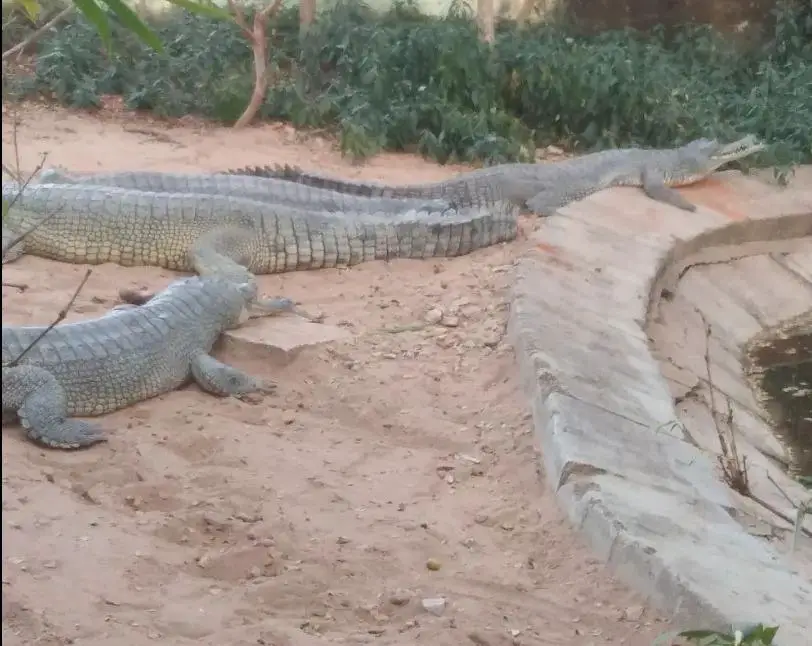
The efforts towards species conservation at Bannerghatta also involve breeding programmes aimed at increasing populations of species like the lion-tailed macaque and the Indian white-rumped vulture, which are on the brink of extinction.
Ecotourism Initiatives
The park has taken significant strides in promoting ecotourism, which allows visitors to experience its natural beauty while ensuring minimal ecological impact. To support this, the park offers:
- Environmentally friendly electric vehicles for safaris
- Knowledgeable guides to educate tourists on wildlife
- Waste reduction policies and sustainable resource use
These initiatives not only enhance visitor experience but also underline the park’s dedication to maintaining an ecological balance.
Reforestation Projects
Reforestation is another key component of the conservation strategy at Bannerghatta National Park. The park authorities have initiated projects to replenish native flora, which in turn supports local wildlife. Areas within the park that were once barren have been transformed into lush, green spaces through the planting of thousands of saplings. These projects not only restore habitats but also help in maintaining the regional climate and improving air quality.
Community Involvement in Conservation
Integral to the long-term success of Bannerghatta’s conservation efforts is the involvement of local communities. The park’s management encourages the participation of villagers in its conservation programs, offering them:
- Education on sustainable living practices
- Employment opportunities within the park’s tourism and conservation activities
- Partnerships for local artisans to market their crafts to visitors
By empowering local communities, Bannerghatta National Park fosters a shared interest in preserving the region’s unique biodiversity.
Planning a Visit to Bannerghatta National Park
Bannerghatta National Park offers an immersive experience into the wildlife of India, and with the right planning, visitors can make the most of their trip. From the best time to visit to accommodation options, this section outlines the essential details for arranging a trip to the park.
Best Time to Visit
The park’s diverse ecosystems are best enjoyed in certain seasons. October to May is the ideal period to visit Bannerghatta National Park. During these months, the weather is pleasant — neither too hot nor too wet — making it perfect for wildlife safaris and other outdoor activities. The monsoon season, from June to September, although lush, can make some park areas inaccessible due to heavy rainfall.
Entry Fees and Timings
Bannerghatta National Park operates with specific timings and reasonable entry fees. The park is open to visitors from 9:30 AM to 5:00 PM and is closed on Tuesdays. Entry fees vary for different sections of the park and for national and international visitors. Below is an exhibit of the general entry fees and additional charges for various attractions:
Entry Fees:
- Indians:
- Adults: ₹80
- Children (6-12 years): ₹40
- Senior citizens: ₹50
- Foreigners:
- Adults: ₹400
- Children: ₹300
Timings:
- The park is open from 9:30 am to 5:00 pm.
- The zoo is open from 9:30 am to 4:30 pm.
- The safari timings are 10:00 am to 4:30 pm.
- The park is closed on Tuesdays.
Additional Fees:
- Jeep safari: ₹3500 (inclusive of zoo, safari, butterfly park, and camera)
- AC bus safari: ₹500 for adults and ₹300 for children (inclusive of zoo and safari)
- Non-AC bus safari: ₹280 for adults and ₹140 for children (inclusive of zoo and safari)
- Boating: ₹60 per person (30 minutes)
- Camera: ₹25 (still) or ₹200 (video)
Here are some tips for planning your visit to Bannerghatta National Park:
- The best time to visit the park is during the dry season, from November to March.
- Wear comfortable shoes and clothes that you can move around in easily.
- Bring a hat and sunscreen, as it can get hot in the sun.
- Bring plenty of water, as you will be doing a lot of walking.
- Be sure to take your camera, as there are plenty of photo opportunities in the park.
- If you are planning on taking a safari, be sure to book your tickets in advance.
Note: Prices are subject to change, and additional services like car parking and safari rides may incur extra fees.
Accommodation Options
Visitors have several accommodation options ranging from budget stays to luxury resorts near Bannerghatta National Park. Some of the places offer exclusive wildlife-themed rooms and eco-friendly lodgings that emphasize conservation. It’s best to book in advance, especially during the peak season, to avoid any hassles:
- Jungle Lodges and Resorts
- Bannerghatta Nature Camp
- Multiple budget hotels in Bengaluru city
Nearby Attractions
The region surrounding Bannerghatta National Park is dotted with attractions enriching the travel experience. Noteworthy spots include:
- The Ancient Banyan Tree: Located about 3 km from the park, it’s one of the largest of its kind in Karnataka.
- Dodda Alada Mara: An iconic destination featuring a 400-year-old banyan tree.
- Vibhooti Falls: A hidden gem ideal for those seeking tranquility.
- Innovative Film City: An entertainment paradise for movie buffs and families.
Exploring these nearby attractions can complement the wildlife experience for visitors making the trip to Bannerghatta National Park.
How many hours required to see Bannerghatta National Park?
3-4 hours if you focus on safaris and main zoo areas. Up to 7 hours for deeper exploration of butterflies, boat rides, and other park activities. Customize based on your interests!
How much is parking at Bannerghatta National Park?
Bannerghatta National Park itself doesn’t have a designated parking area, as visitors typically wouldn’t drive within the park itself.
However, the adjacent Bannerghatta Biological Park does have its own parking facilities, with charges varying depending on your vehicle type and the day of your visit:
Two-wheelers:
Weekdays: INR 24
Weekends and holidays: INR 30
Cars:
Weekdays: INR 30
Weekends and holidays: INR 40
Buses:
INR 50
Please note that these are the official rates, but there have been reports of unofficial “parking sharks” operating around the park entrance charging higher fees. To avoid this, park within the official Biological Park parking lot and obtain a ticket.
What is the best time of day to visit Bannerghatta National Park?
For wildlife viewing, hit Bannerghatta National Park early morning (8-10am) or late afternoon (3-5pm) when animals are most active. Less crowded too!
Is phone allowed in Bannerghatta National Park?
Yes, phones are allowed in Bannerghatta National Park, but with some restrictions:
No phones in safaris: To minimize distractions for both visitors and animals, using phones is prohibited during all safari rides.
Responsible use: While allowed in other areas, be mindful of phone usage. Loud calls or music can disturb wildlife and other visitors.
Remember, Bannerghatta is a place to appreciate nature and wildlife. Focus on observing your surroundings and capturing memories with your eyes before snapping photos!
Bannerghatta National Park stands as a testament to India’s rich biodiversity and commitment to conservation. It’s a haven for wildlife enthusiasts and nature lovers alike offering an array of activities that cater to every visitor’s sense of adventure.
Whether you’re looking to explore on foot capture stunning photographs or learn more about the efforts to protect India’s natural heritage this park provides an unforgettable experience. With all the necessary information at hand planning your visit has never been easier. So why wait? Embark on a journey to Bannerghatta and immerse yourself in the wonders of the wild.

